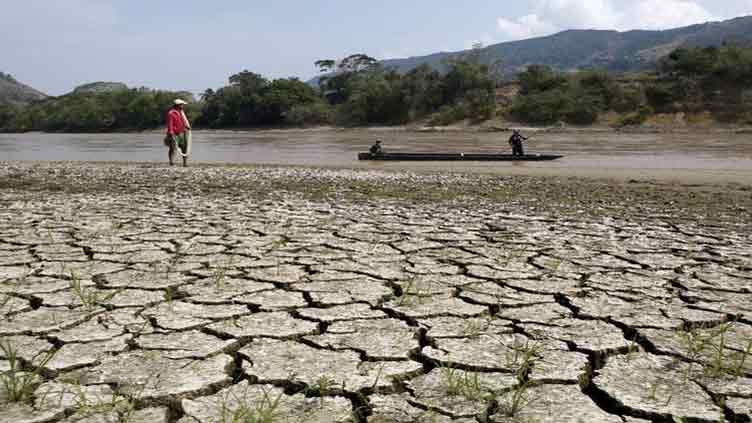Economic consequences? Japan weather bureau says 90pc chance El Nino will continue into autumn

Business
Some fear serious economic consequences amid alarming inflation and rate hikes
TOKYO (Reuters) – Japan's weather bureau said on Monday that there was a 90 per cent chance the El Nino phenomenon will continue into the autumn – a phenomenon concerning warming of ocean surface temperatures in the eastern and central Pacific.
In an earlier analysis published by Reuters, it was feared that this year’s El Nino might have very serious consequences for the world economy.
“Just when you thought it was safe to hope interest rates might soon peak, along comes more bad news. It looks likely that the El Nino weather phenomenon has returned, according to both the US National Oceanographic and Atmospheric Administration and the Australian Bureau of Meteorology.”
It added, “Its appearance usually results in, or exacerbates, floods, heatwaves, water scarcity and wildfires, especially in the southern hemisphere. The damage these inflict on crops and infrastructure is inflationary, putting pressure on central banks to tighten monetary policy. If climate change makes such events stronger and more frequent, supply shocks will become embedded.”
About rice production it noted, “So far, traders have focused on some of the commodities most likely to be affected. Rice futures hit an almost 15-year peak in June, excluding a 2020 pandemic spike. India, Thailand and Vietnam, the three largest exporters of this staple, have already this year experienced record or near-record high temperatures and tend to suffer from hotter, drier weather due to El Nino.”
The analysis also mentioned that it can push up the price of oil almost 14pc and non-fuel commodities by more than 5pc within a year of an event, the International Monetary Fund calculated in 2015. But the biggest increases in overall inflation over a 12-month period were only around 1 percentage point and limited to a handful of the most exposed countries like Brazil, Indonesia and Mexico, the IMF analysts concluded.
“On the one hand, global warming has exacerbated aridification in parts of Europe, China, Southeast Asia and the United States, some of which El Nino may yet worsen. On the other hand, it creates the conditions for heavier deluges because for every 1-degree Celsius increase in its temperature, the air can hold 7pc more water. That means crops which usually benefit where El Nino brings wetter conditions – such as US soybeans, which have been hit hard by lack of rain – now face a greater risk of being swamped.”
The overall impact on agriculture was described as: “The direct impact of El Nino- and La Nina-affected weather on sowing, growing and harvesting is not the only economic consideration. Infrastructure can be damaged or destroyed: early last year, for example, floods swept away a 30-kilometre stretch of the only rail line that transported food to Western Australia.”
It also noted the impact with respect to protectionism under the guise of national food security. “Last year, New Delhi banned exports of what’s called broken rice and imposed a 20pc levy on other grades heading overseas after below-average monsoons, even though its stock levels were decent, notes Barclays. The restrictions are still mostly in place. In April last year, meanwhile, Indonesia temporarily banned the export of palm oil – used in all manner of foodstuffs and other goods – as domestic cooking oil prices surged.”
“It’s not hard to imagine the country, which accounts for more than half of all palm oil exports, using El Nino to justify reimposing the embargo, or other producers of agricultural goods taking similar actions.”
About the prices it said, “All these uncertainties are a store of potential supply shocks capable of driving up prices over the next year alone. Rising temperatures due to climate change will make them more endemic; the World Meteorological Organisation in May declared there’s a 98pc chance that the next five years will be the hottest period on record thanks to the combination of greenhouse gas emissions and El Nino.”
“After struggling to cope with an inflation storm caused by the pandemic and the war in Ukraine, policymakers have a potent new economic hurricane coming their way.”

